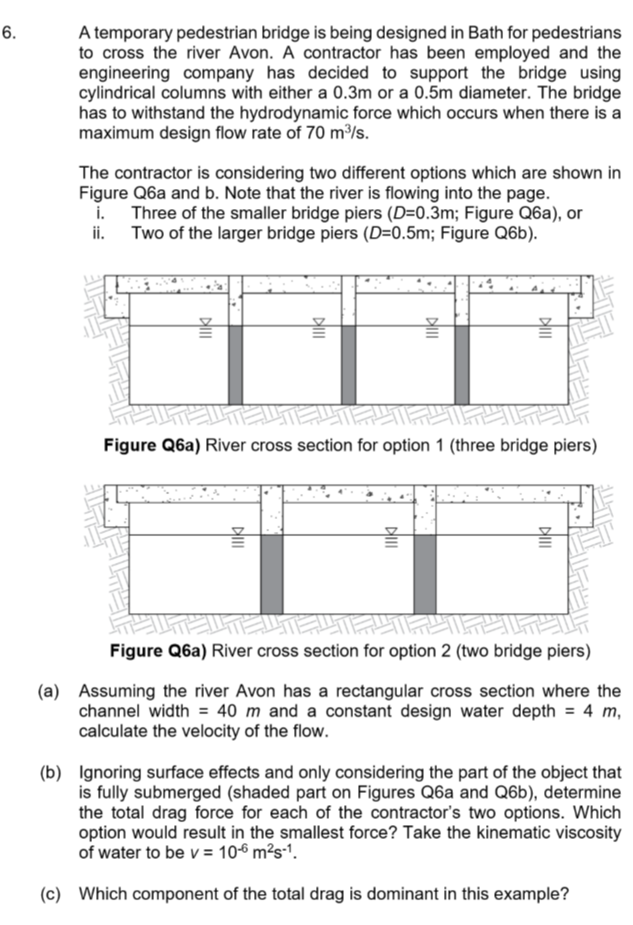6. A temporary pedestrian bridge is being designed in Bath for pedestrians to cross the river...
Fantastic news! We've Found the answer you've been seeking!
Question:

Related Book For 

University Physics With Modern Physics
ISBN: 978-0073513881
2nd edition
Authors: Wolfgang Bauer, Gary Westfall
Posted Date:




